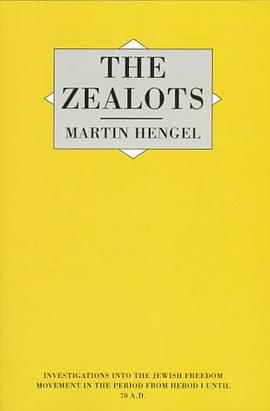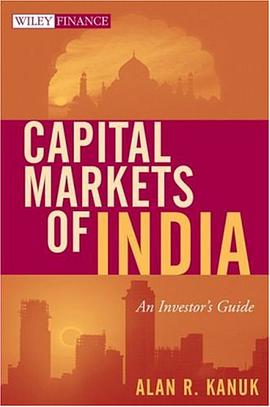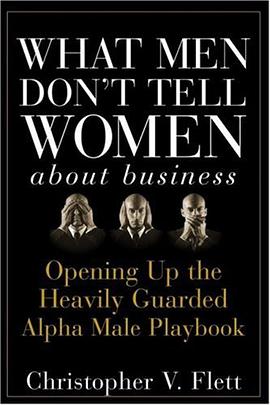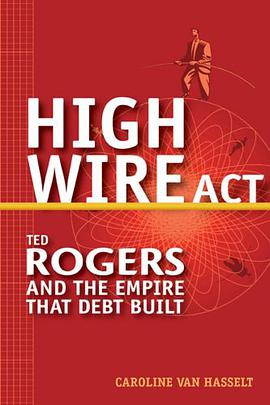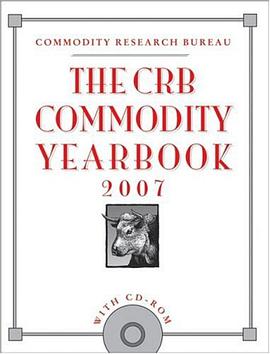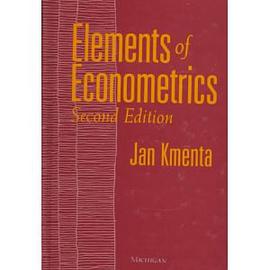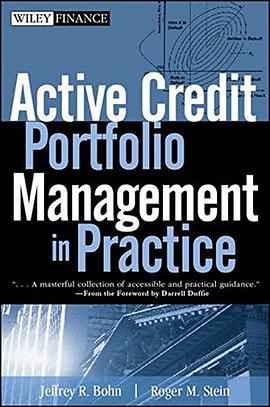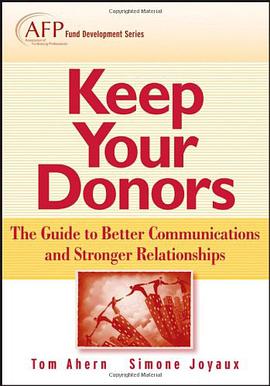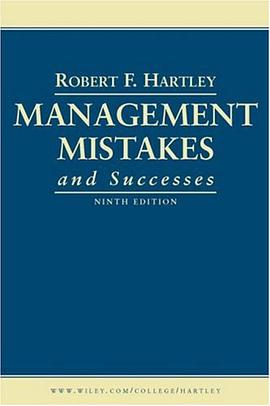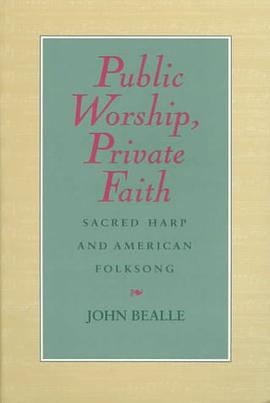

具体描述
"The Sacred Harp," a tunebook that first appeared in 1844, has stood as a model of early American musical culture for most of this century. Tunebooks such as this, printed in shape notes for public singing and singing schools, followed the New England tradition of singing hymns and Psalms from printed music. Nineteeth-century Americans were inundated by such books, but only the popularity of "The Sacred Harp" has endured throughout the twentieth century.With this tunebook as his focus, John Bealle surveys definitive moments in American musical history, from the lively singing schools of the New England Puritans to the dramatic theological crises that split New England Congregationalism, from the rise of the genteel urban mainstream in frontier Cincinnati to the bold "New South" movement that sought to transform the southern economy, from the nostalgic culture-writing era of the Great Depression to the post-World War II folksong revival.Although Bealle finds that much has changed in the last century, the custodians of the tradition of Sacred Harp singing have kept it alive and accessible in an increasingly diverse cultural marketplace. "Public Worship, Private Faith" is a thorough and readable analysis of the historical, social, musical, theological, and textual factors that have contributed to the endurance of Sacred Harp singing.
作者简介
目录信息
读后感
评分
评分
评分
评分
用户评价
相关图书
本站所有内容均为互联网搜索引擎提供的公开搜索信息,本站不存储任何数据与内容,任何内容与数据均与本站无关,如有需要请联系相关搜索引擎包括但不限于百度,google,bing,sogou 等
© 2026 book.quotespace.org All Rights Reserved. 小美书屋 版权所有




